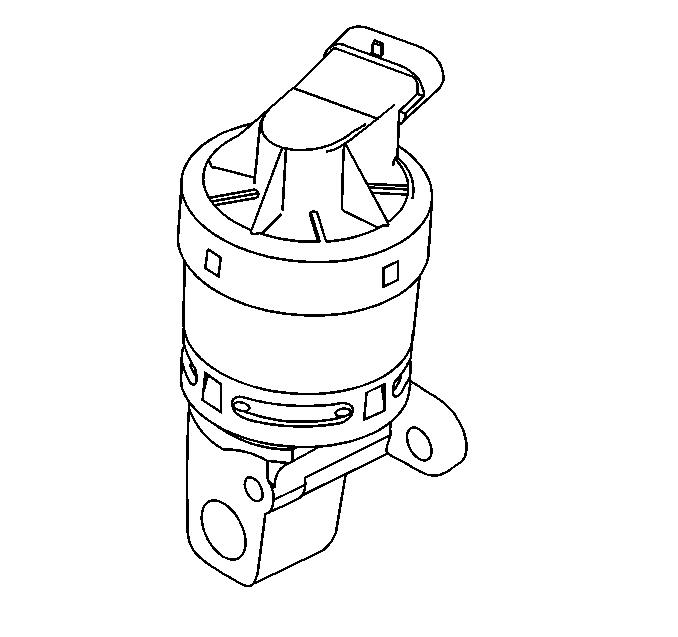The exhaust gas recirculation (EGR) system is used to lower Oxides of Nitrogen (NOx) emission levels caused by high combustion temperature. It does this by decreasing combustion temperature.
The main element of the system is the linear EGR valve. The EGR valve feeds small amounts of exhaust gas back into the combustion chamber. With the fuel/air mixture thus diluted, combustion temperatures are reduced.
Linear EGR Valve
The linear EGR valve is designed to accurately supply EGR to an engine independent of intake manifold vacuum. The valve controls EGR flow from the exhaust to the intake manifold through an orifice with a powertrain control module (PCM) controlled pintle. During operation, the PCM controls pintle position by monitoring the pintle position feedback signal. The feedback signal can be monitored with a scan tool as ACTUAL EGR POS. ACTUAL EGR POSITION should always be near the commanded EGR position, DESIRED EGR POS. If a problem with the EGR system will not allow the PCM to control pintle position properly, DTC P0404 should set. The PCM also tests for EGR flow. If incorrect flow is detected, DTC P0401 should set.
The linear EGR valve is usually activated under the following conditions:
| • | Warm engine operation |
| • | Above idle speed |
Linear EGR Control

The PCM monitors EGR actual position and adjusts pintle position accordingly. The PCM uses information from the following sensors to control the pintle position:
| • | Engine coolant temperature (ECT) |
| • | Throttle position (TP) |
| • | Mass air flow (MAF) |
